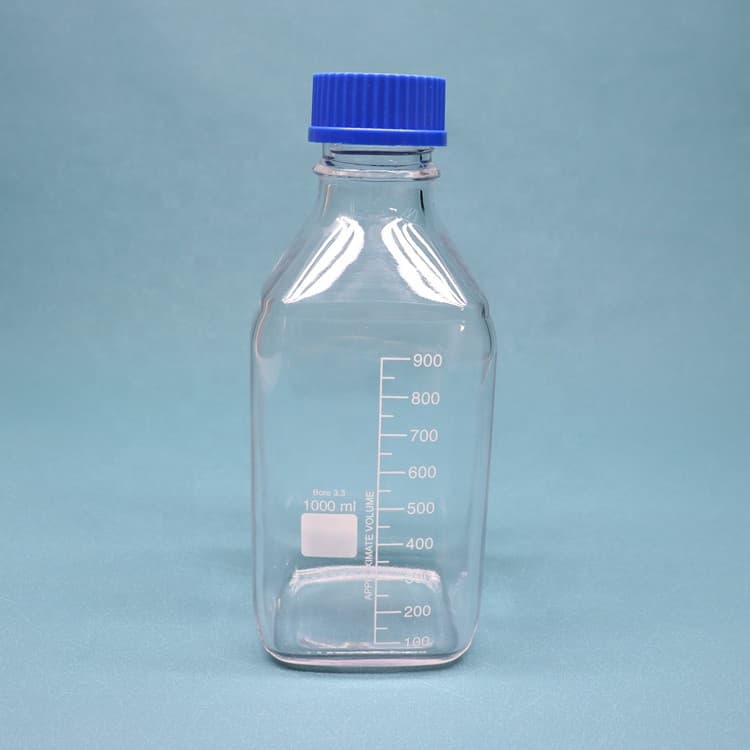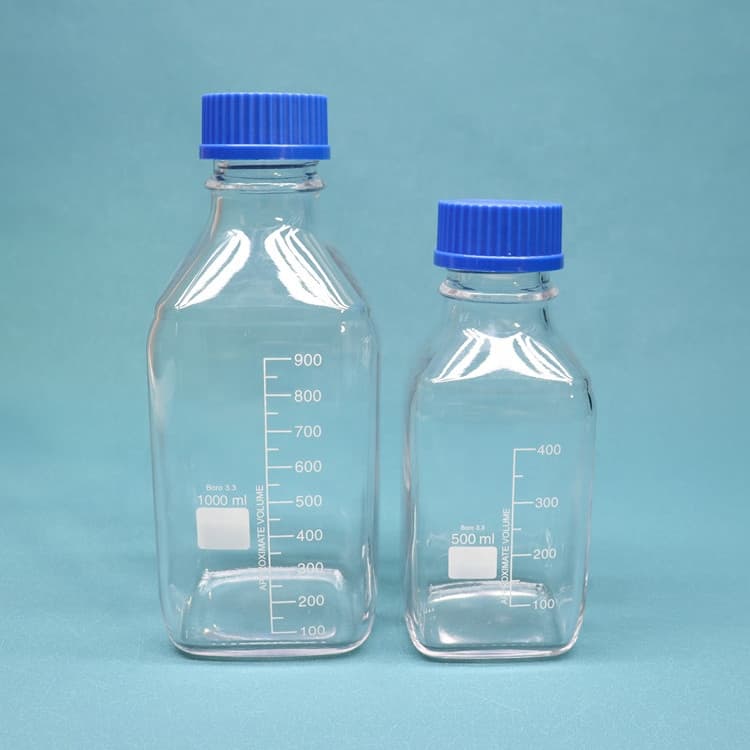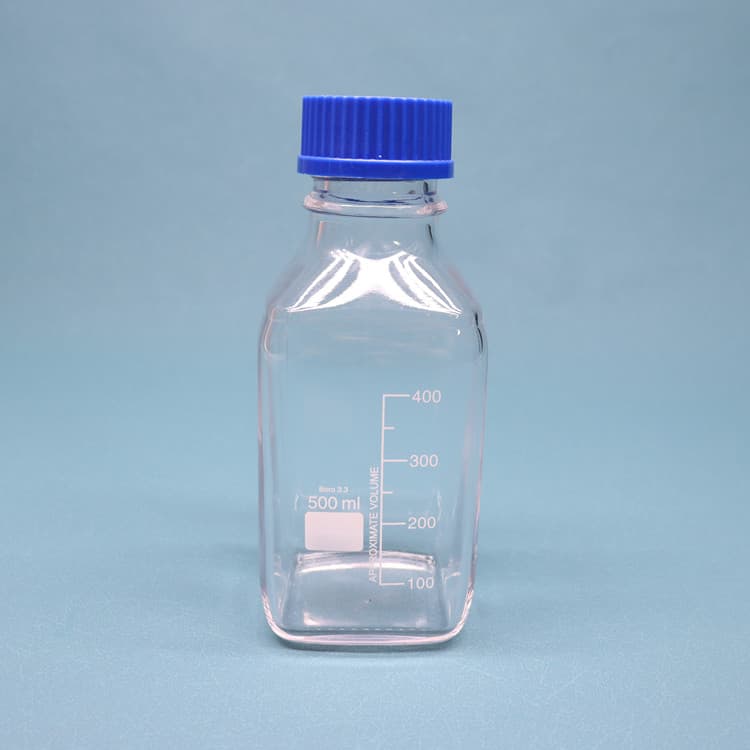



2.0 Guide to Compatibility Key 3.0 Chemical Compatibility Guide for Commonly Used Elastomers for O-Rings 3.1.0 Chemical Compatibility Guide for Ethylene Propylene 3.1.1 Chemical Compatibility Guide for Fluorosilicone 3.1.2 Chemical Compatibility Guide for Nitrile (Buna N) 3.1.3 Chemical Compatibility Guide for Silicone
MilliporeSigma. Spring-loaded, locking, made of PP with 316 SS springs and EPR seals. When pulled apart, both sides seal quickly and automatically, making couplings excellent for handling air-sensitive liquids. Available for flexible tubing or rigid PE and nylon tubing using a ferruleless nut. Max. pressure: 90 psi.
Choose a material that is as inert as possible to your sample analyte and makeup solvents. Table 1 shows the range of septum materials and their corresponding compatibilities to a range of common solvents used in sample preparation. The septum forms a barrier between your sample analyte in the vial and the outside atmosphere. This barrier protects
Pre-slit PTFE/red rubber – 8RT1X Pre-slit, high quality red rubber with a thin (0.003") layer PTFE. For applications using a very thin-gauge syringe needle or in instances when a vacuum may form in the vial. Silicone rubber High quality, silicone rubber laminated to PTFE. Use when excellent resealing qualities are a must. Septum
Rubber (Natural or Butyl) ACN, acetone, DMF, alcohols, diethylamine, DMSO, phenols Chlorinated solvents, aromatics, hydrocarbons, carbon disulfide Excellent < 100°C PTFE/Natural or Butyl Rubber PTFE resistance until punctured, then septa or liner will have compatibility of rubber Good < 100°C Silicone/Silicone Rubber
Silicone rubber septa. High quality, silicone rubber laminated to PTFE. Use when excellent resealing qualities are a must. Septum resists coring and is recommended when multiple injections are required. Preferred septa for use in liquid chromatography applications.
Some samples need an external extraction or dissolution either because of the possible side reactions taking place, or their low water content or insolubility in the Karl Fischer solvent. With such samples, first determine the water content of the used solvent, then weigh the exact amount of the solvent in a closed flask, add the weighted
PTFE/Silicone is the most versatile septum material offered in various formulations to address specific applications requirements. Extractables from PTFE/Silicone septa are generally at lower levels compared to other resealable materials. PTFE/Silicone septa are formulated for different hardness (durometer) meeting requirements
The silicone elastomer layer is dense but still easily pierced by most headspace sampling needles . Black Rubber Septa: (C4020-40) Black Rubber septa are molded from a higher density rubber compound compared to the standard red rubber . This septum has characteristics similar to the Gray Butyl stopper . The Black Rubber septum is an
Jan 2, 2006 · When the needle pierces the septum, the rubber is exposed to the sample by either headspace or direct contact, which will affect the quality of the data in various ways. This application note discusses the influences of pierced PTFE/silicone septa in GC-MS experiments. Two examples are given: the loss of nonpolar volatile organic compounds
solvent, other components in the sample, the temperature, as well as other factors. Phenomenex recommends that you try different vial septa materials to determine the best one for your combination of sample type, solvent and analytical detector. Silicone/PTFE is the most widely used material combination for septa used in vial closures (caps
Septa. A wide range of serrated and non-serrated septa, and sleeve stoppers are available for use as temporary closures for glassware joints, tubes, bottles, NMR tubes, ampules, and cannulation techniques in air-sensitive chemistry. To protect your valuable contents in the vessels or containers from the atmosphere, our range of septa provide
The septum is provided with a thin 0.005” PTFE layer laminated to highly pure silicone, and slit through the center for easier needle penetration and to release the vacuum that forms when a large volume of sample is withdrawn from a vial.
Selecting the Correct Septa. It's vital to choose the right septa for your application. The wrong septa can compromise the accuracy of your results and reduce the lifespan of your supplies (increasing overall costs). The below chart shows some common septa materials along with their compatibilities, incompatibilities, and resealability.
Here is the rubber compatibility chart that rates all popular rubber materials that comes into contact with various chemicals. Use this rubber chemical resistance chart to make sure that the elastomer or O-ring seal you choose will be compatible with the particular environment. The chemical compatibility of rubber is extremely important as the